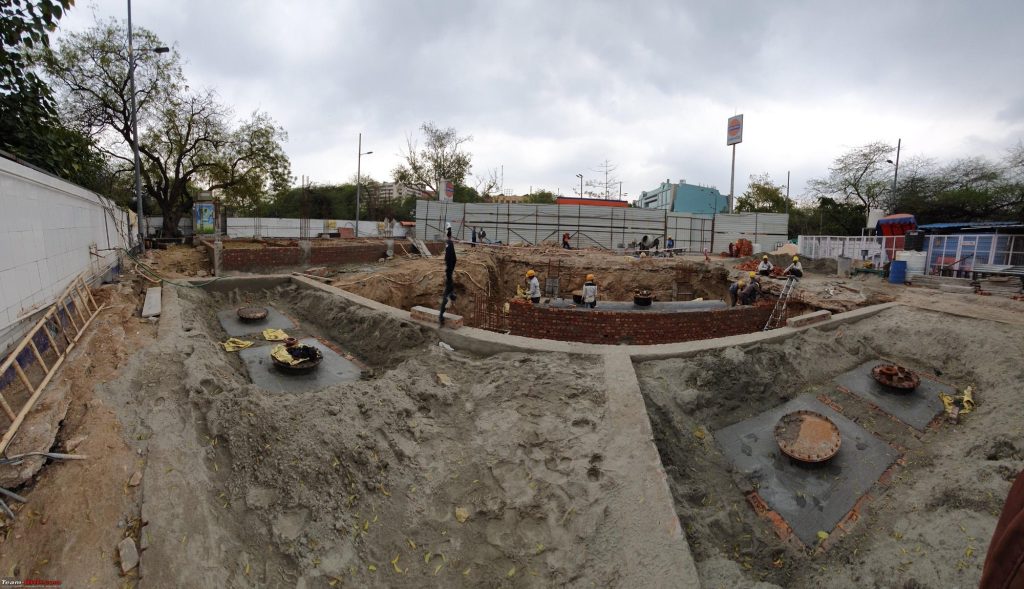Ensuring the safety and integrity of underground tank systems is critical for environmental protection and regulatory compliance. Containment sump installation plays a pivotal role in this process by providing a secure containment solution that prevents leaks and spills from causing damage. With increasing environmental regulations, proper sump installation is now an essential component of underground tank safety protocols.
The Role of Containment Sump Installation in Tank Safety
Containment sump installation serves as a protective barrier designed to catch and contain any accidental leaks or spills from underground tanks. These sumps act as a fail-safe mechanism, preventing hazardous liquids from escaping into the surrounding soil and groundwater. Without proper containment sump installation, underground tanks pose a significant risk of environmental contamination, costly cleanup efforts, and legal consequences.
By incorporating containment sump installation, facilities ensure that any leak from piping or tank components is immediately captured. This greatly reduces the potential for soil degradation and groundwater pollution, making sump installation a critical safety measure for underground tanks.
Compliance and Environmental Protection Through Sump Installation
Regulatory agencies increasingly mandate containment sump installation to meet safety and environmental standards. Compliance with these regulations protects facilities from penalties and fosters responsible stewardship of natural resources. Properly installed containment sumps not only demonstrate a commitment to environmental protection but also help businesses maintain their operating licenses and certifications.
Containment sump installation plays a key role in meeting these regulatory requirements by providing a reliable system to monitor and contain leaks. This enhances transparency during inspections and reinforces adherence to environmental laws. By investing in professional sump installation, facility owners mitigate risks and ensure compliance with all mandated safety standards.
Key Considerations for Effective Containment Sump Installation
Successful containment sump installation requires meticulous planning and execution. The sump must be designed to fit seamlessly with the existing underground tank system, providing comprehensive coverage for all vulnerable components such as piping joints and pump areas. Material selection and sump dimensions are carefully evaluated to guarantee durability and leak resistance.
A properly executed containment sump installation also involves integrating monitoring systems that detect the presence of liquids within the sump. This enables immediate response to leaks, preventing escalation and facilitating quick repairs. Attention to these details during containment sump installation maximizes the protective capabilities of the system.
Enhancing Safety with Advanced Sump Technologies
Modern containment sump installation benefits from advancements in materials and monitoring technology. Today’s sumps are constructed from robust, corrosion-resistant materials that withstand harsh underground conditions. Additionally, electronic sensors and alarm systems can be incorporated to provide real-time alerts if leakage is detected within the sump.
These technological enhancements to containment sump installation significantly improve the reliability and responsiveness of leak detection. Facilities equipped with advanced sump systems can act swiftly to contain spills, minimizing environmental damage and operational downtime. The integration of innovative technologies underscores the evolving importance of sump installation in underground tank safety.
The Long-Term Benefits of Professional Sump Installation
Investing in professional containment sump installation offers long-term advantages beyond immediate leak prevention. A well-installed sump extends the operational life of underground tanks by protecting critical components from corrosion and damage. This proactive safety measure reduces maintenance costs and prolongs tank service life.
Furthermore, containment sump installation supports business continuity by minimizing the risk of environmental incidents that can halt operations. Facilities equipped with dependable containment sumps maintain a stronger safety record and demonstrate responsible management practices to regulators, stakeholders, and the community.
Choosing Expert Services for Reliable Sump Installation
Given the complexities involved, containment sump installation should be entrusted to experienced professionals. Expert service providers bring specialized knowledge of industry standards, regulatory requirements, and best installation practices. Their expertise ensures that containment sump installation is performed efficiently, safely, and to the highest quality standards.
Professional teams conduct thorough site assessments and tailor sump installation to suit specific tank configurations and site conditions. This customized approach guarantees optimal protection for each underground tank system. Partnering with qualified installers is essential for achieving reliable containment sump installation and maintaining tank safety.
Conclusion: Containment Sump Installation as a Vital Safety Measure
Containment sump installation is an indispensable element of underground tank safety, offering critical protection against leaks and environmental contamination. This essential safety measure supports regulatory compliance, extends tank longevity, and safeguards surrounding ecosystems. Modern technologies and professional expertise further enhance the effectiveness of sump installation.


